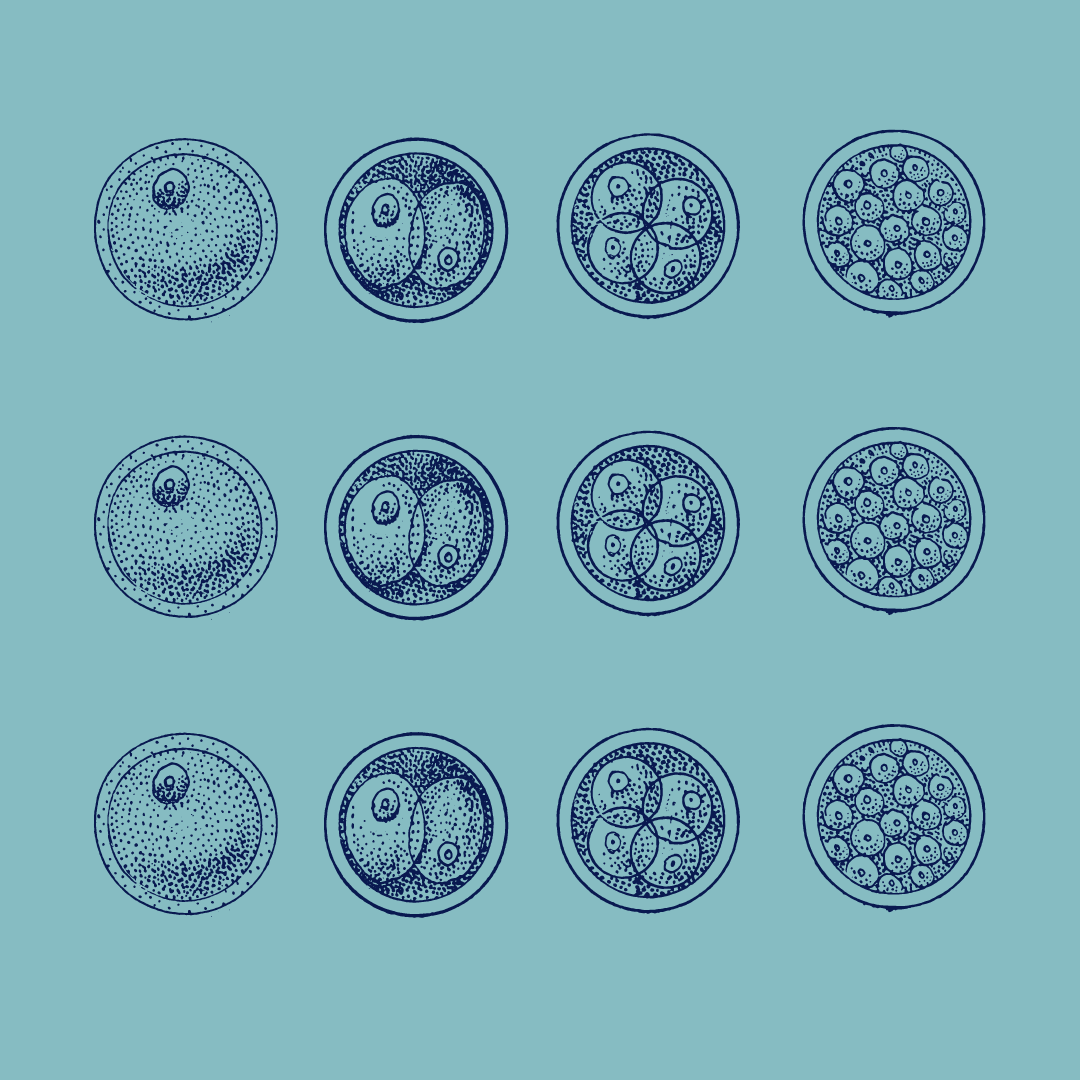Aggregated News

Lisa Holligan already had two children when she decided to try for another baby. Her first two pregnancies had come easily. But for some unknown reason, the third didn’t. Holligan and her husband experienced miscarriage after miscarriage after miscarriage.
Like many other people struggling to conceive, Holligan turned to in vitro fertilization, or IVF. The technology allows embryologists to take sperm and eggs and fuse them outside the body, creating embryos that can then be transferred into a person’s uterus.
The fertility clinic treating Holligan was able to create six embryos using her eggs and her husband’s sperm. Genetic tests revealed that only three of these were “genetically normal.” After the first was transferred, Holligan got pregnant. Then she experienced yet another miscarriage. “I felt numb,” she recalls. But the second transfer, which took place several months later, stuck. And little Quinn, who turns four in February, was the eventual happy result. “She is the light in our lives,” says Holligan.
Holligan, who lives in the UK, opted to donate her “genetically abnormal” embryos for scientific research. But she still...



